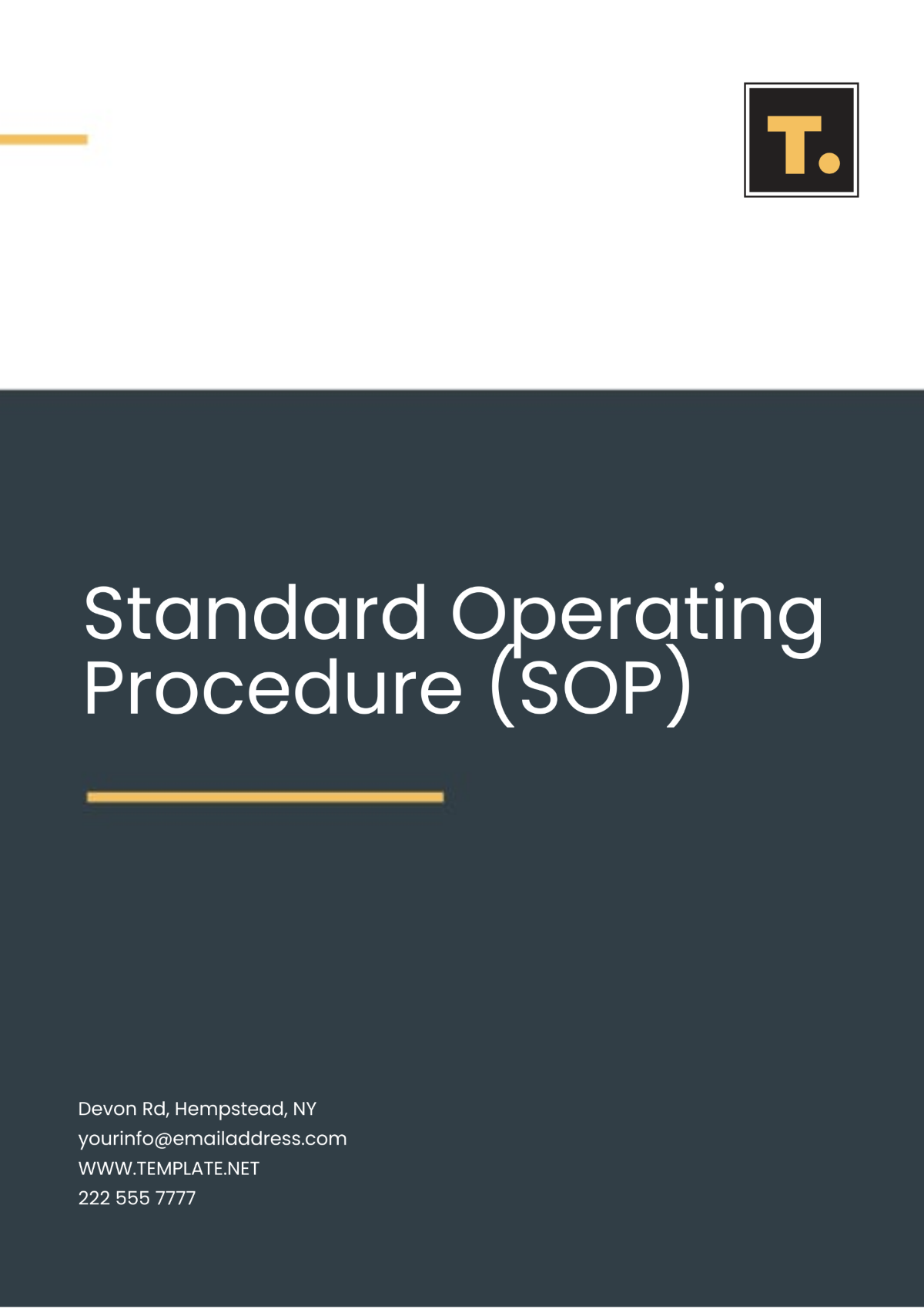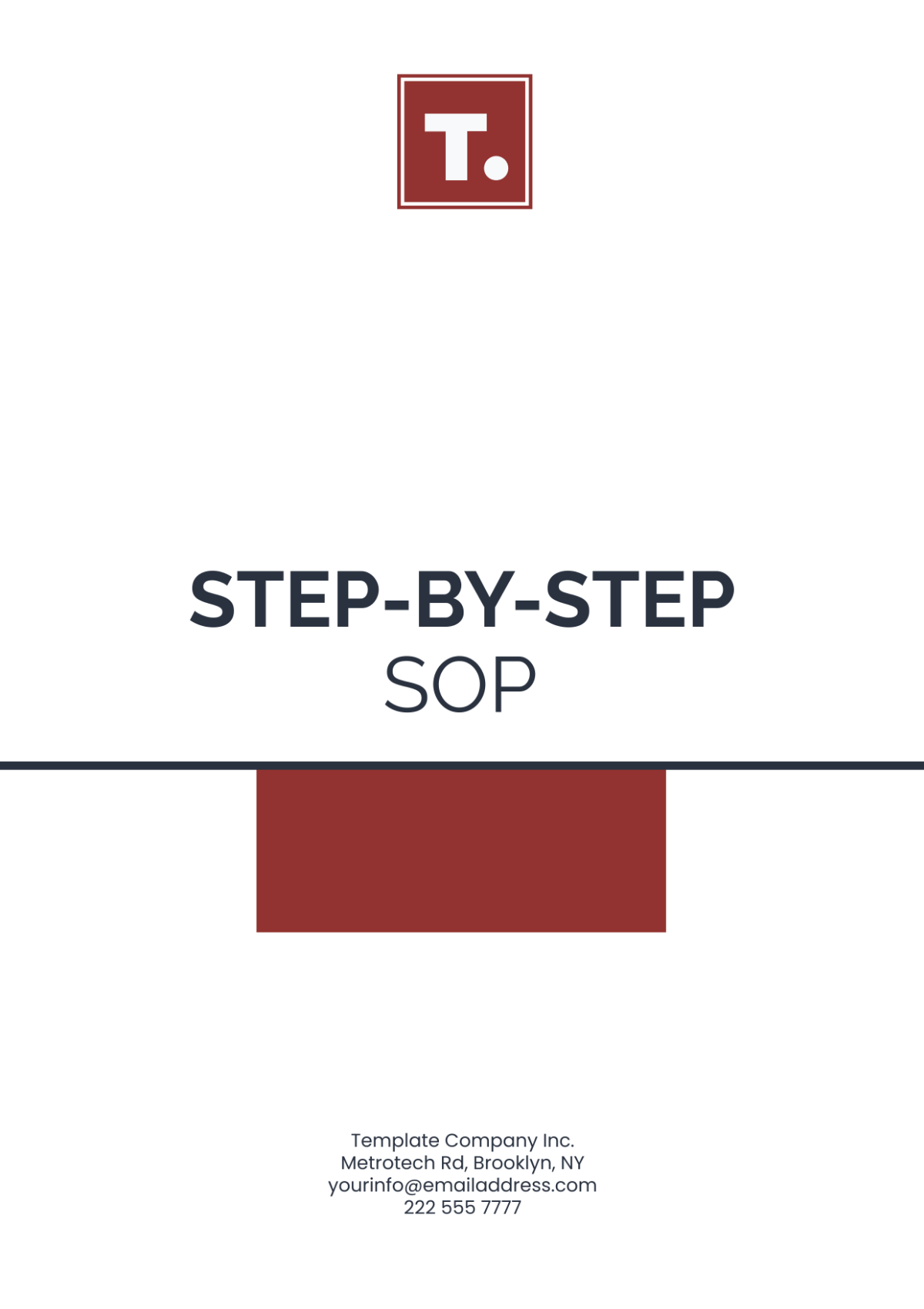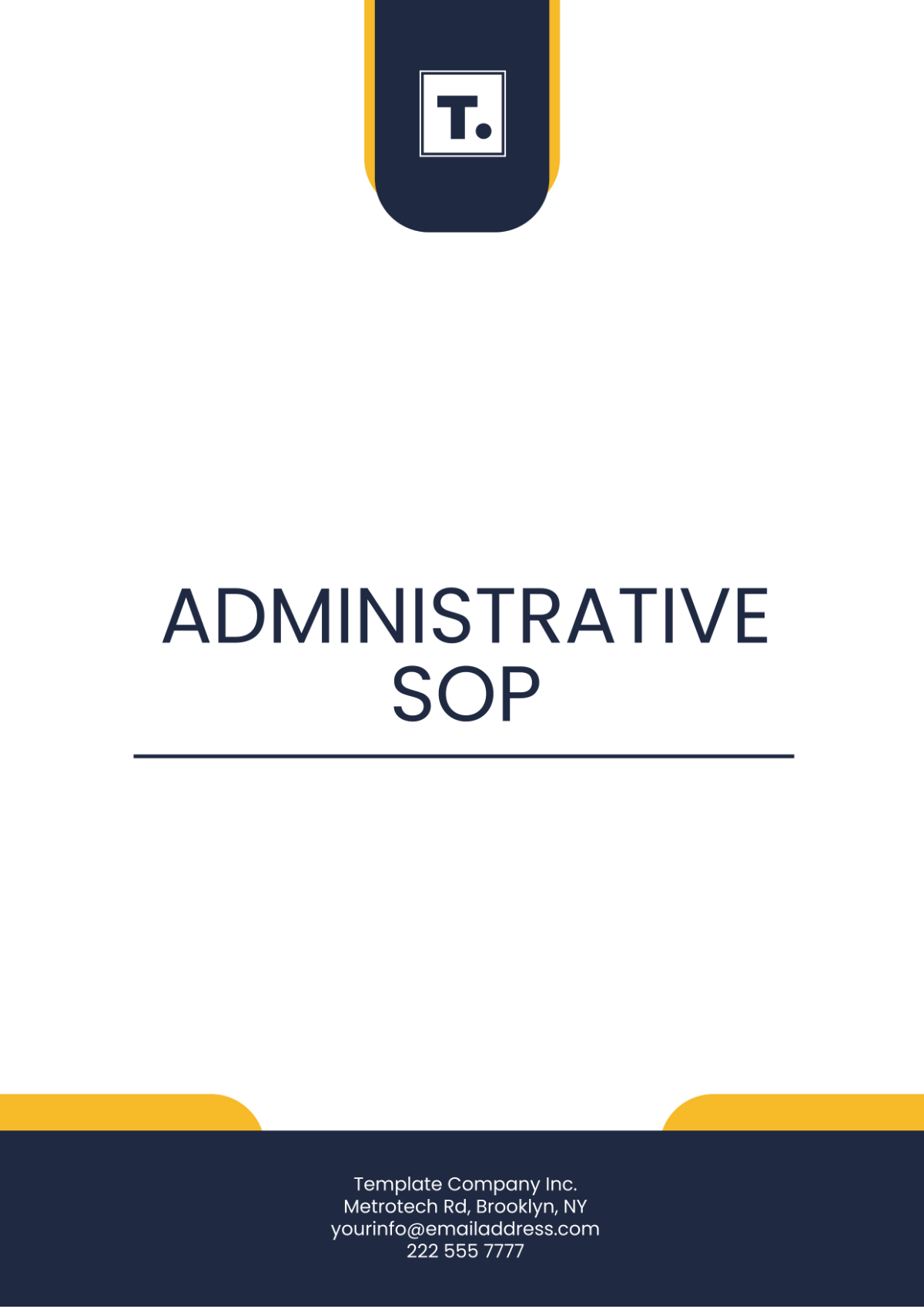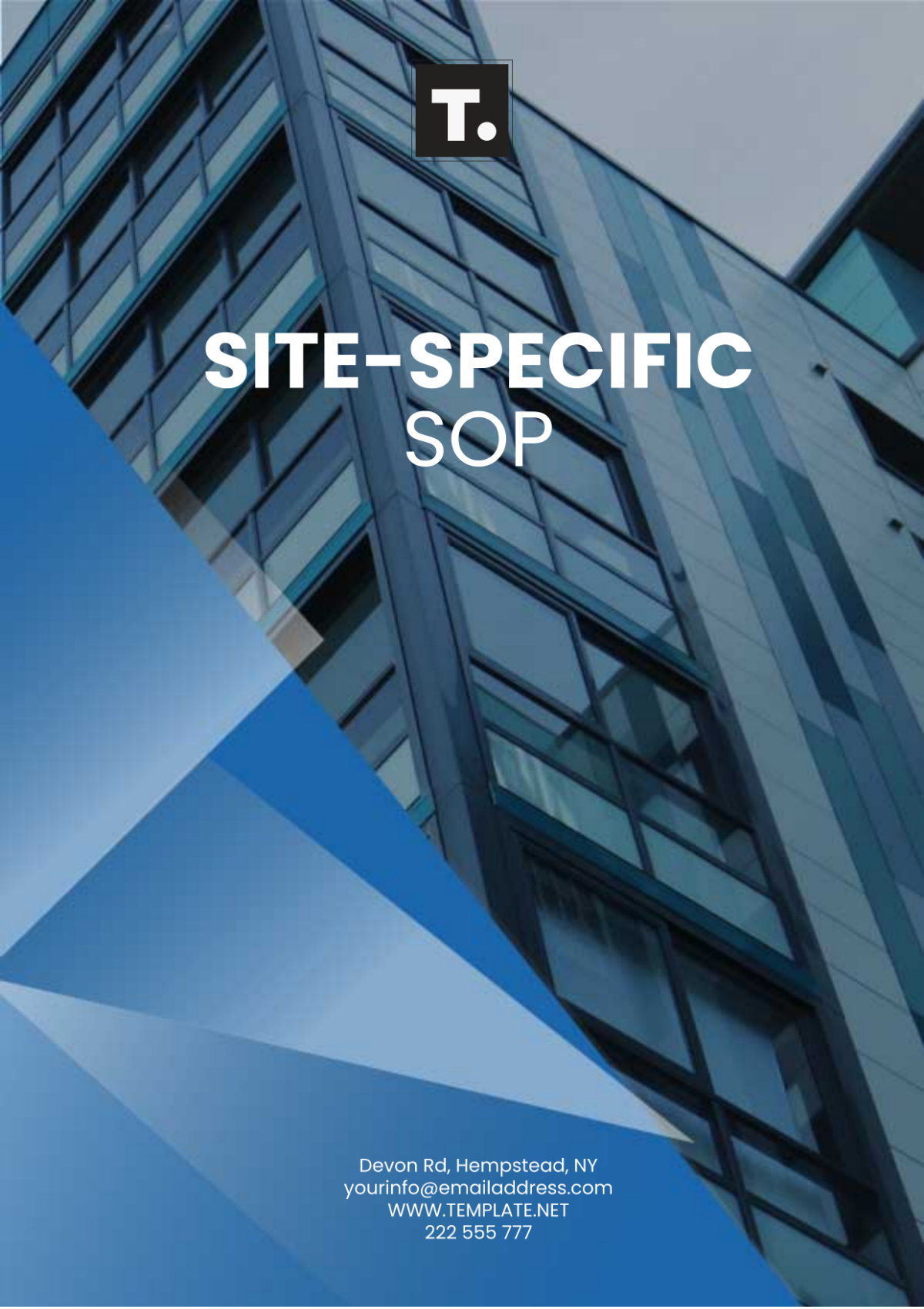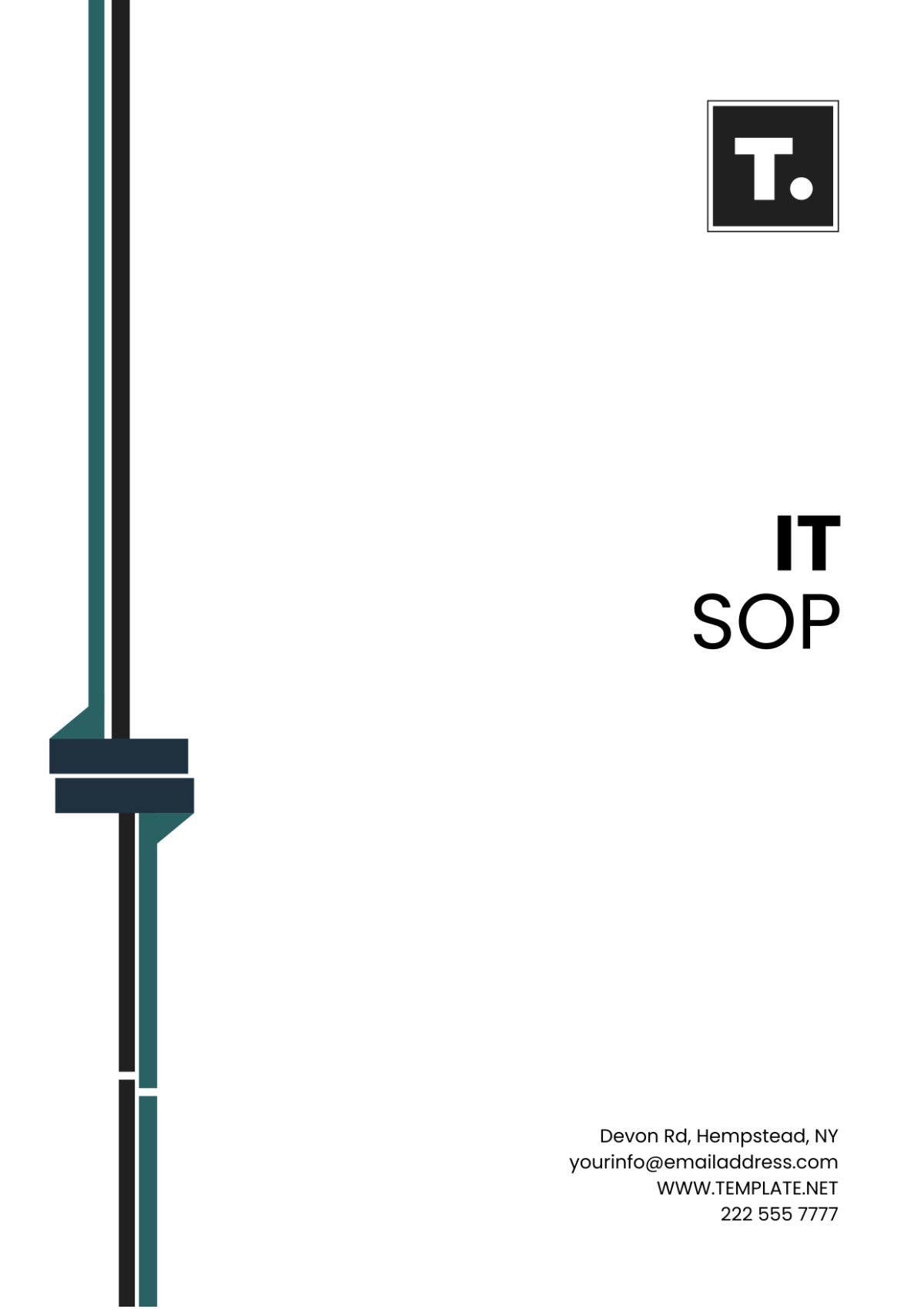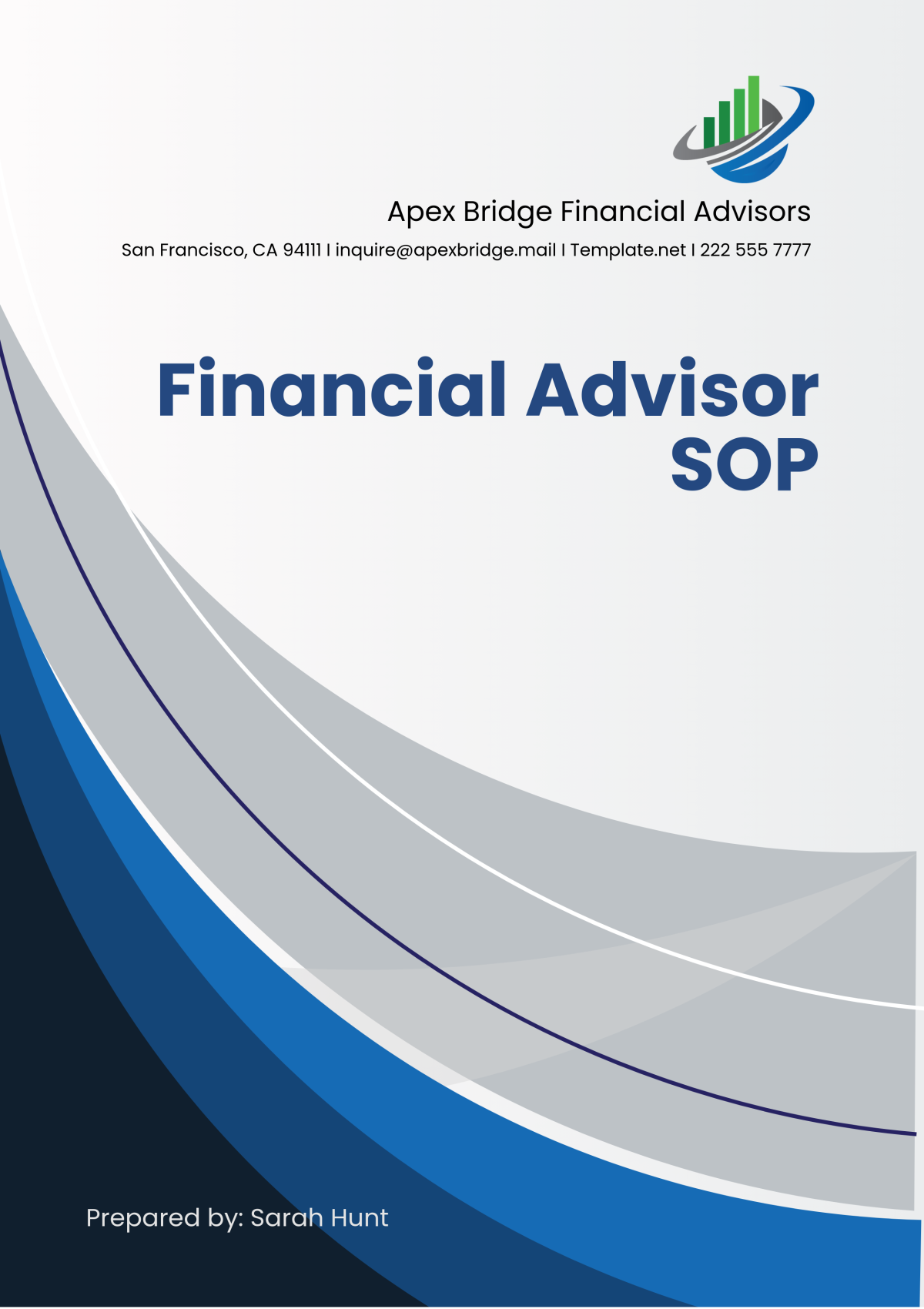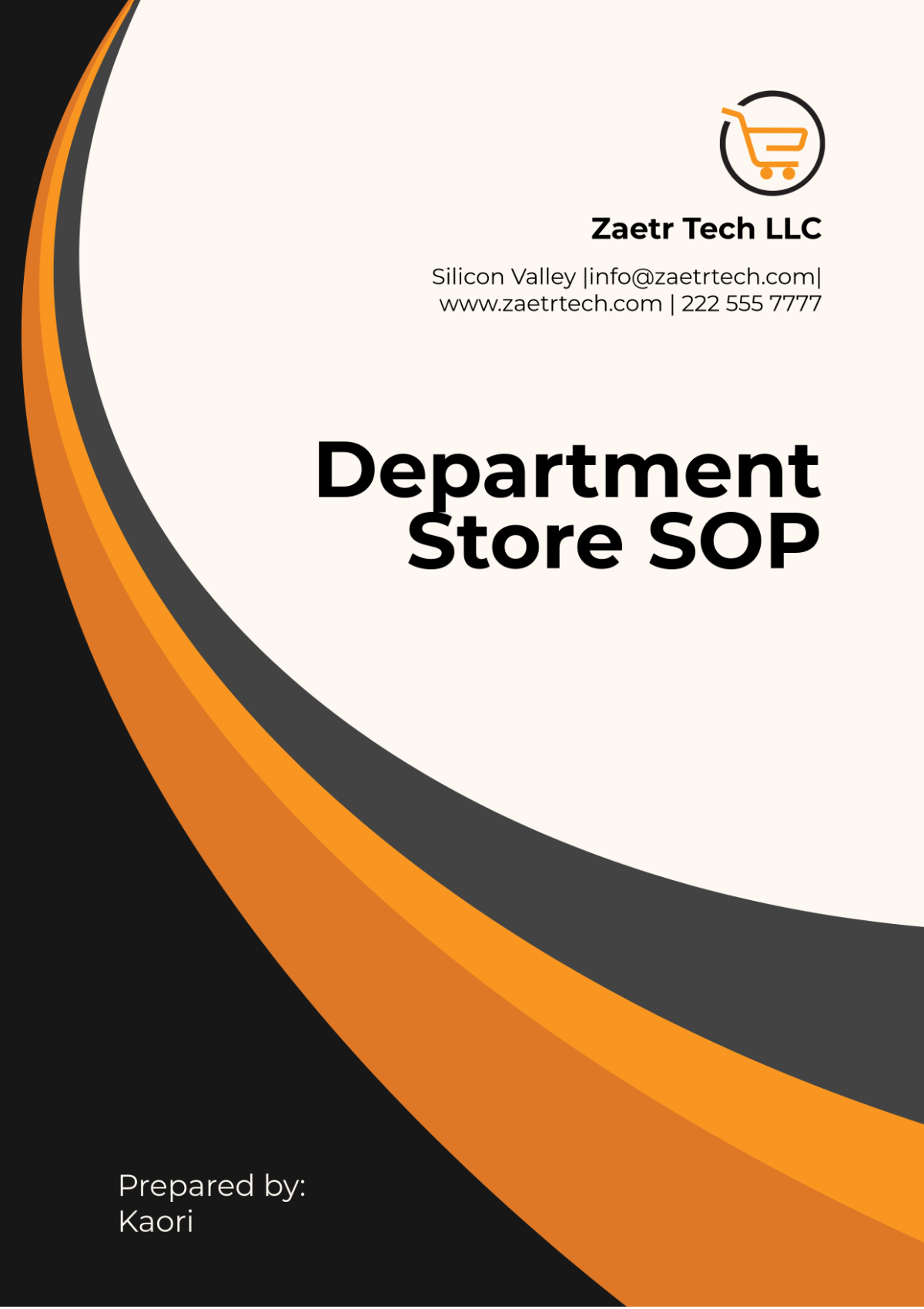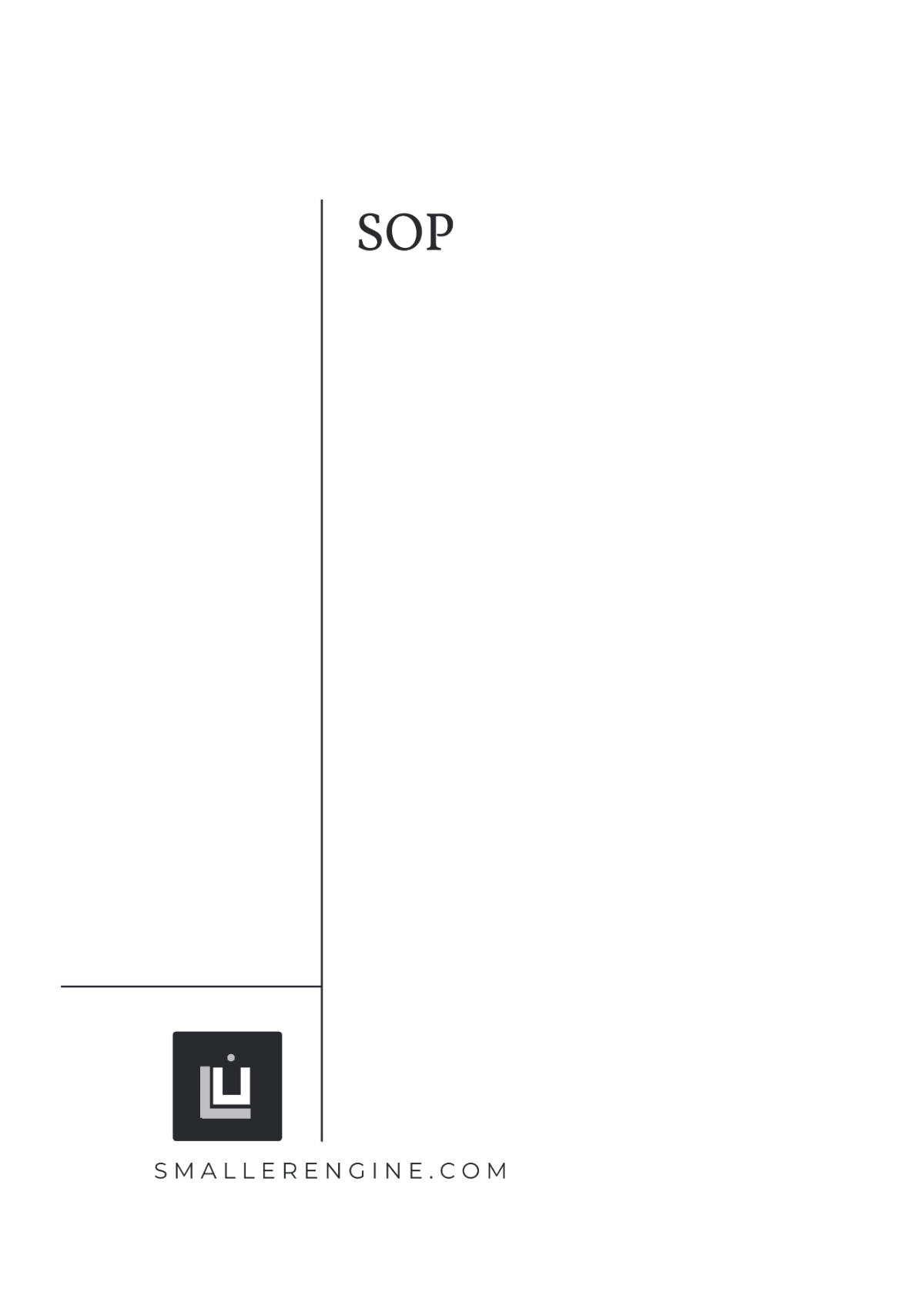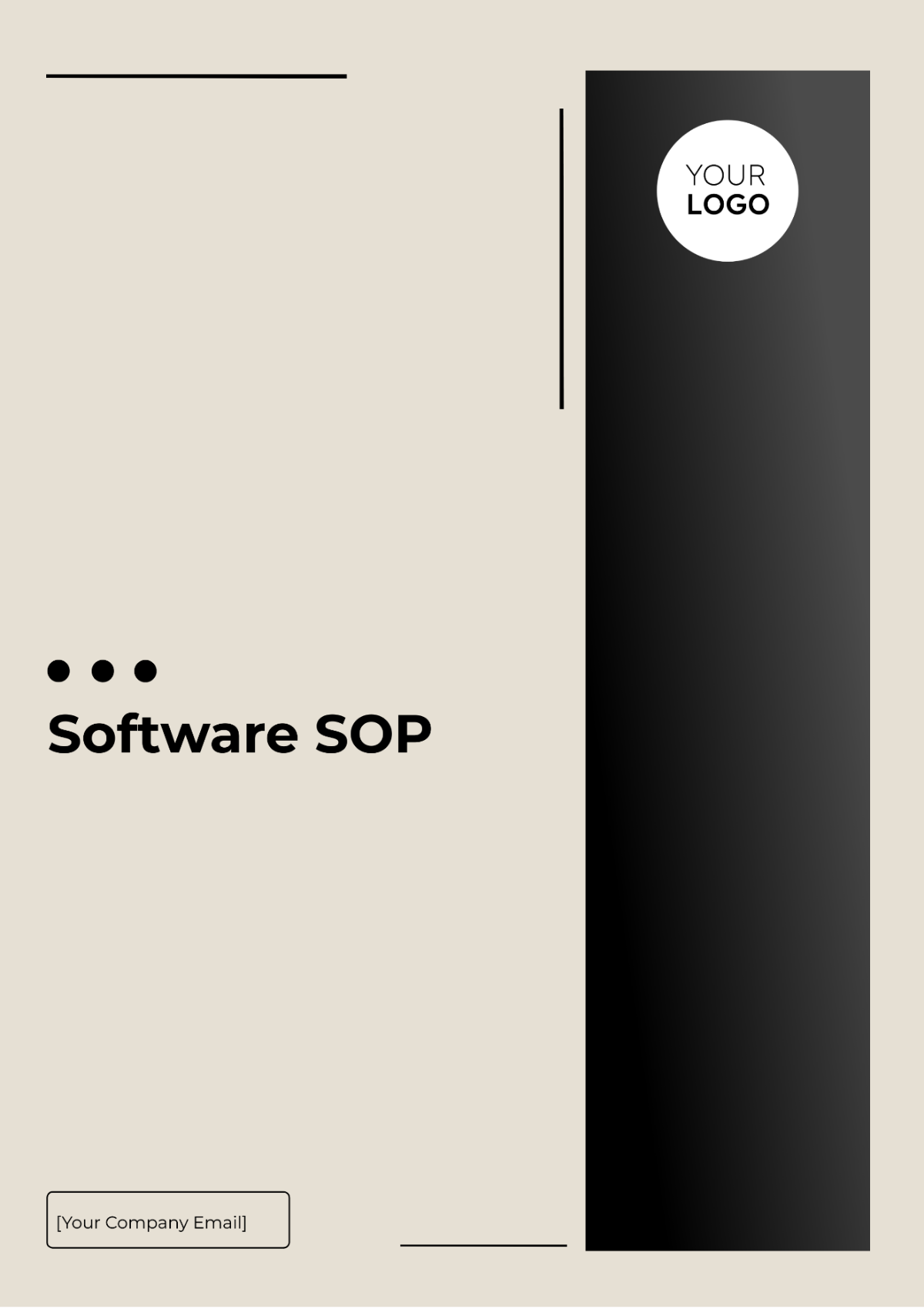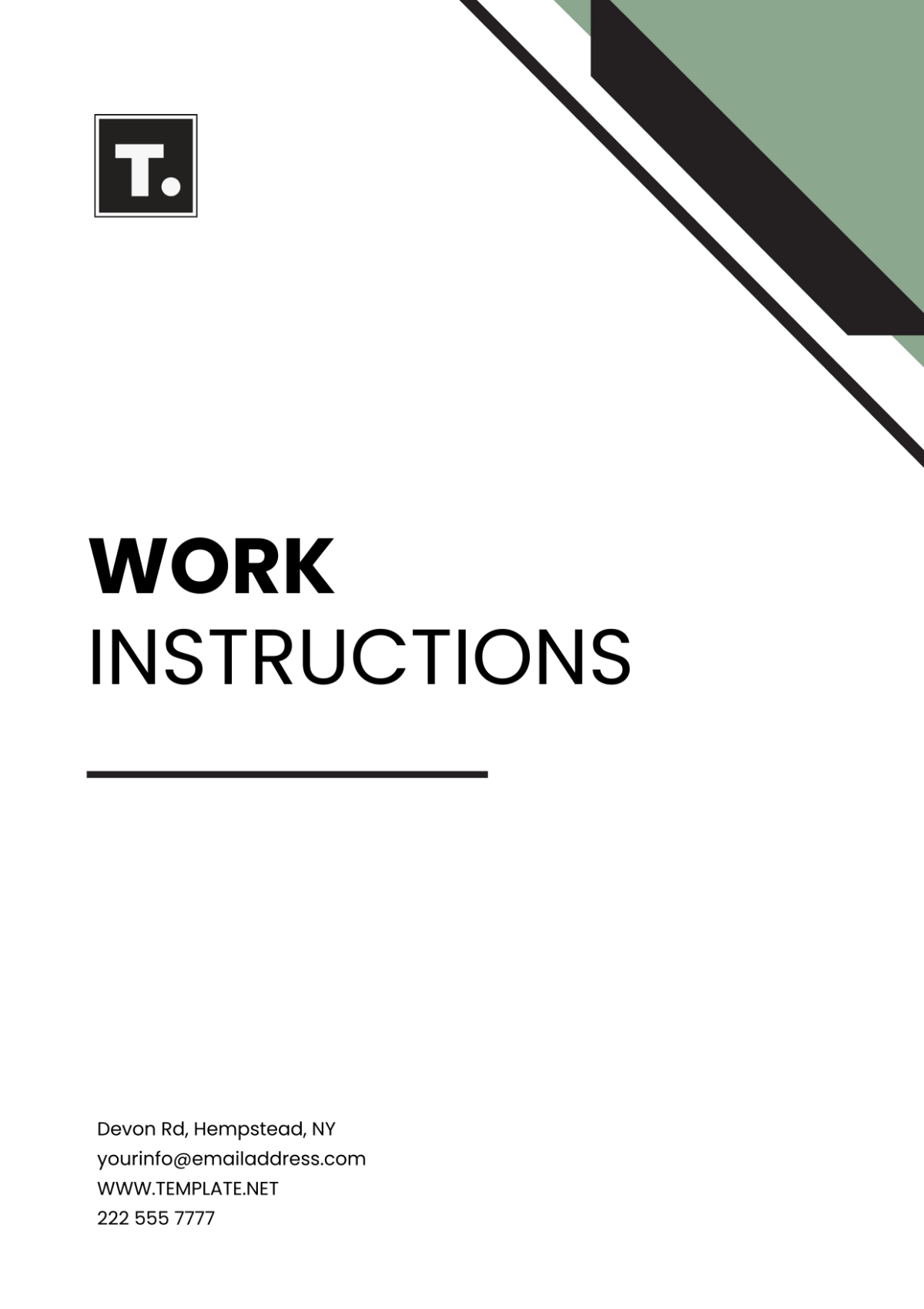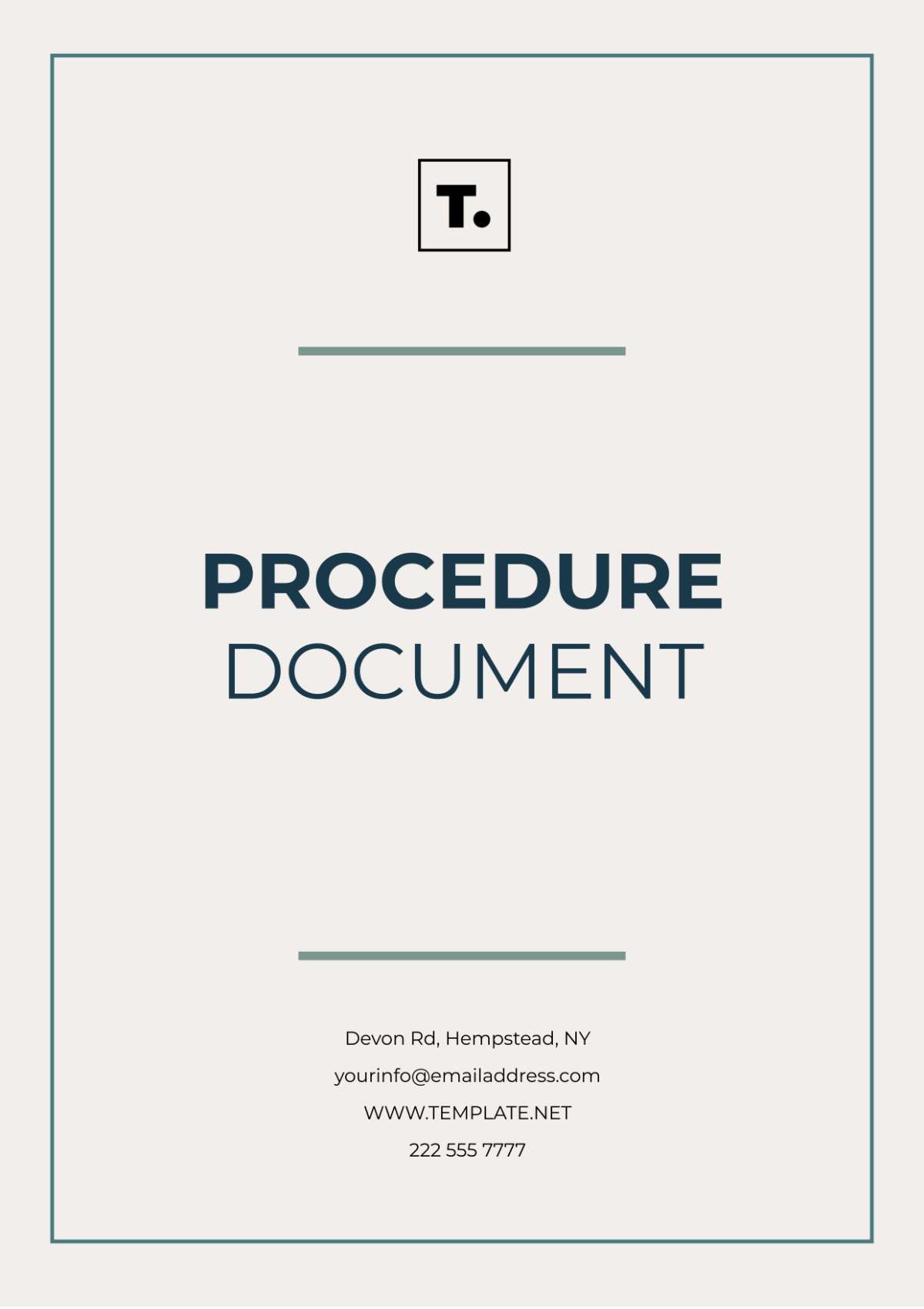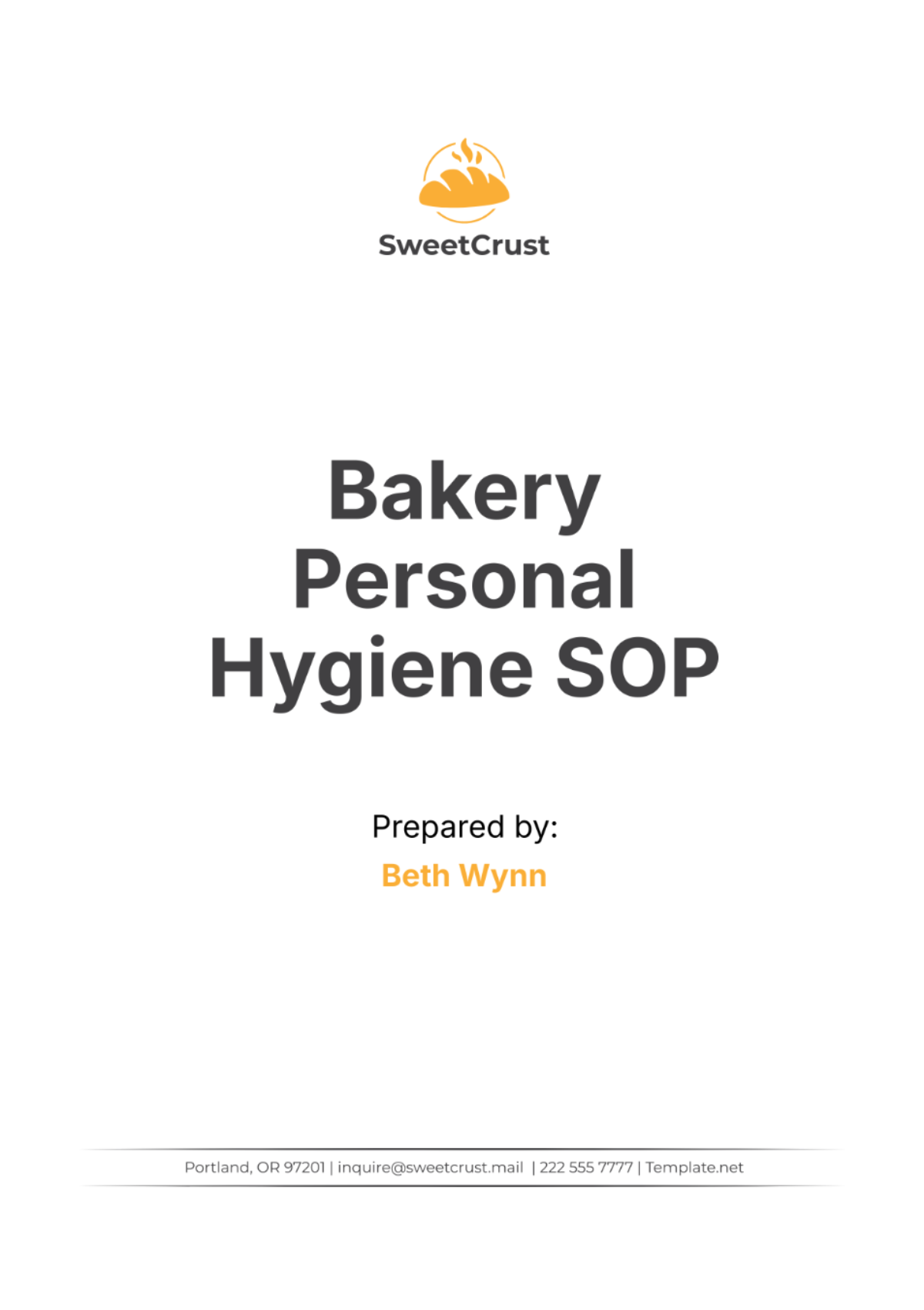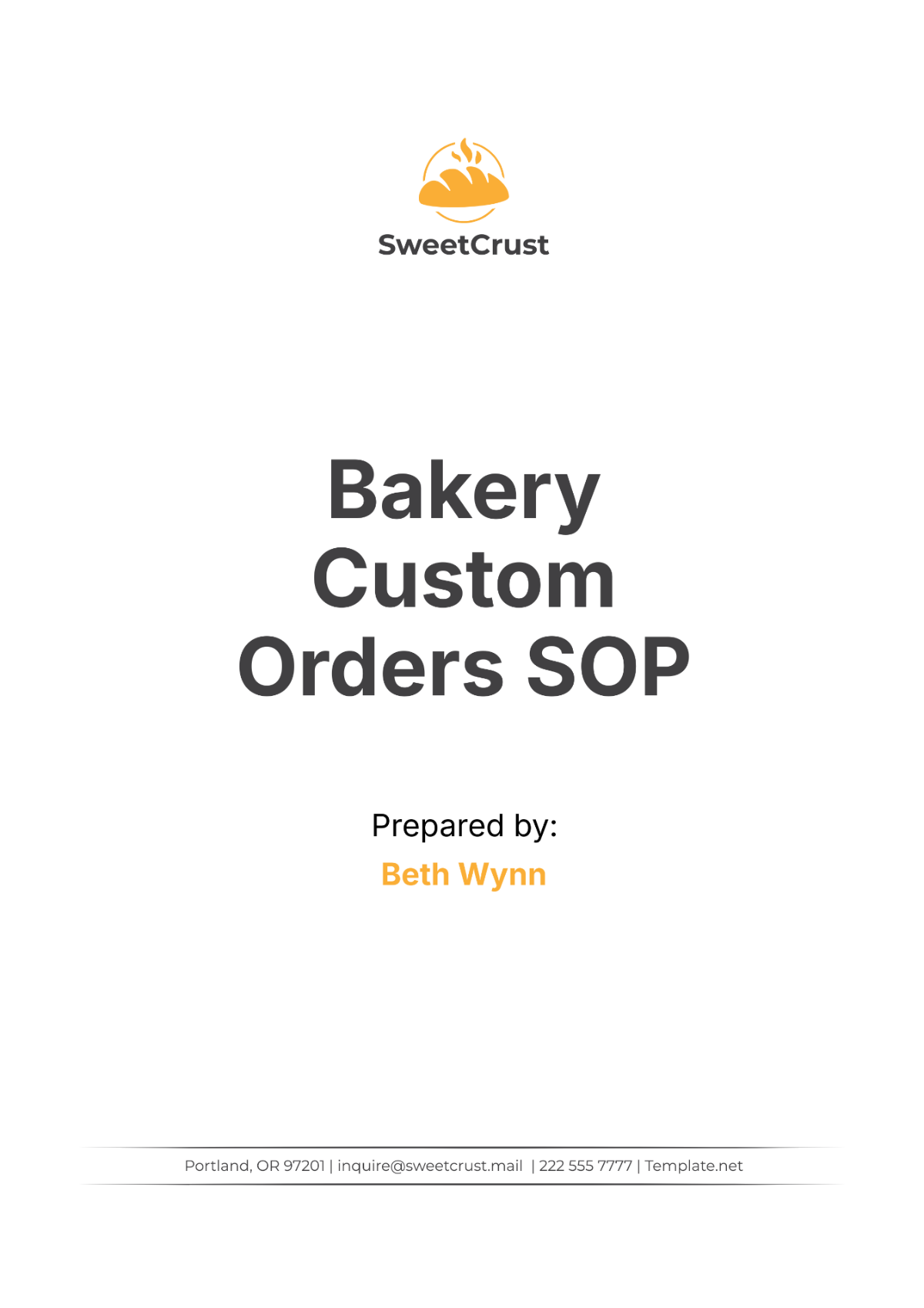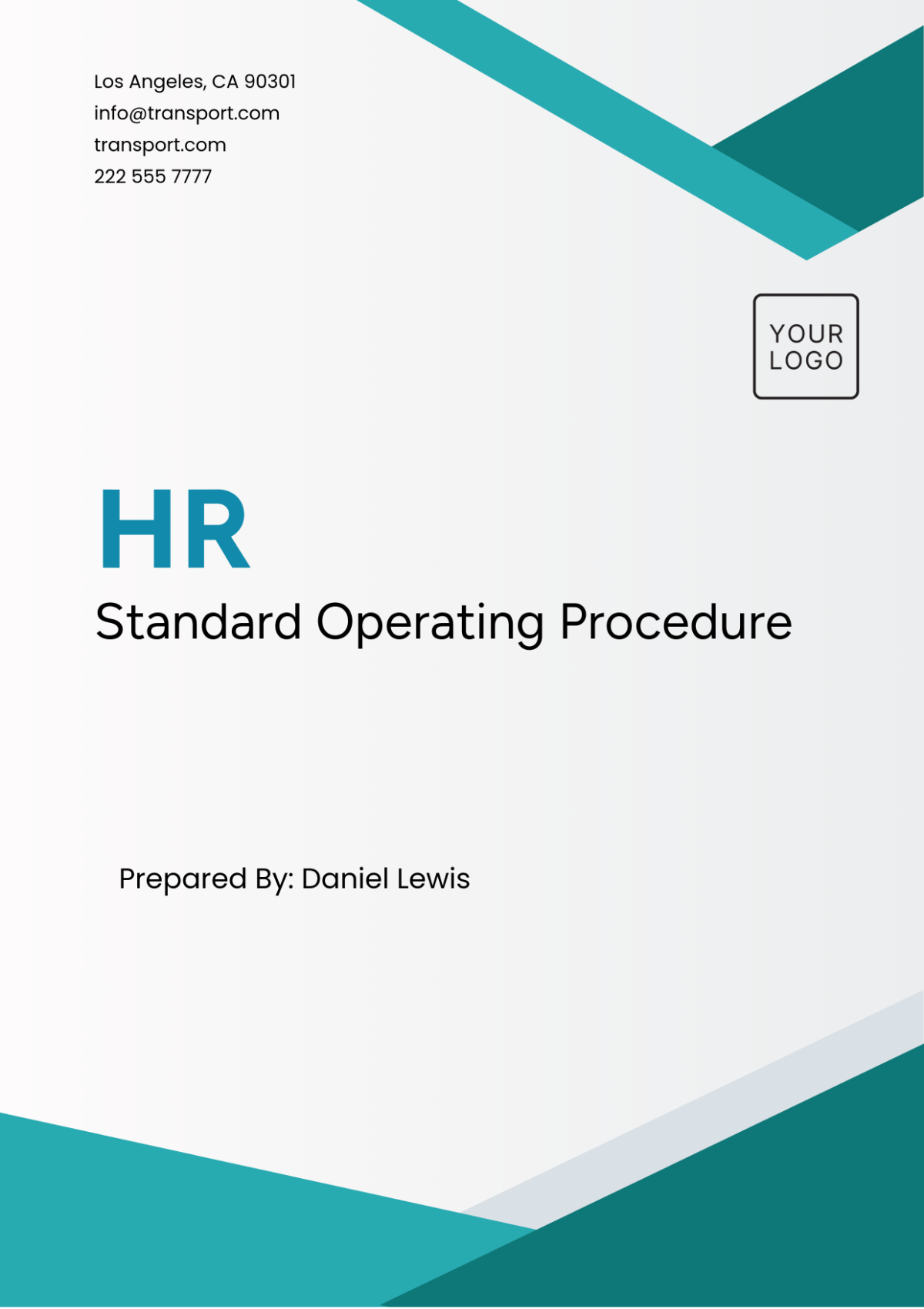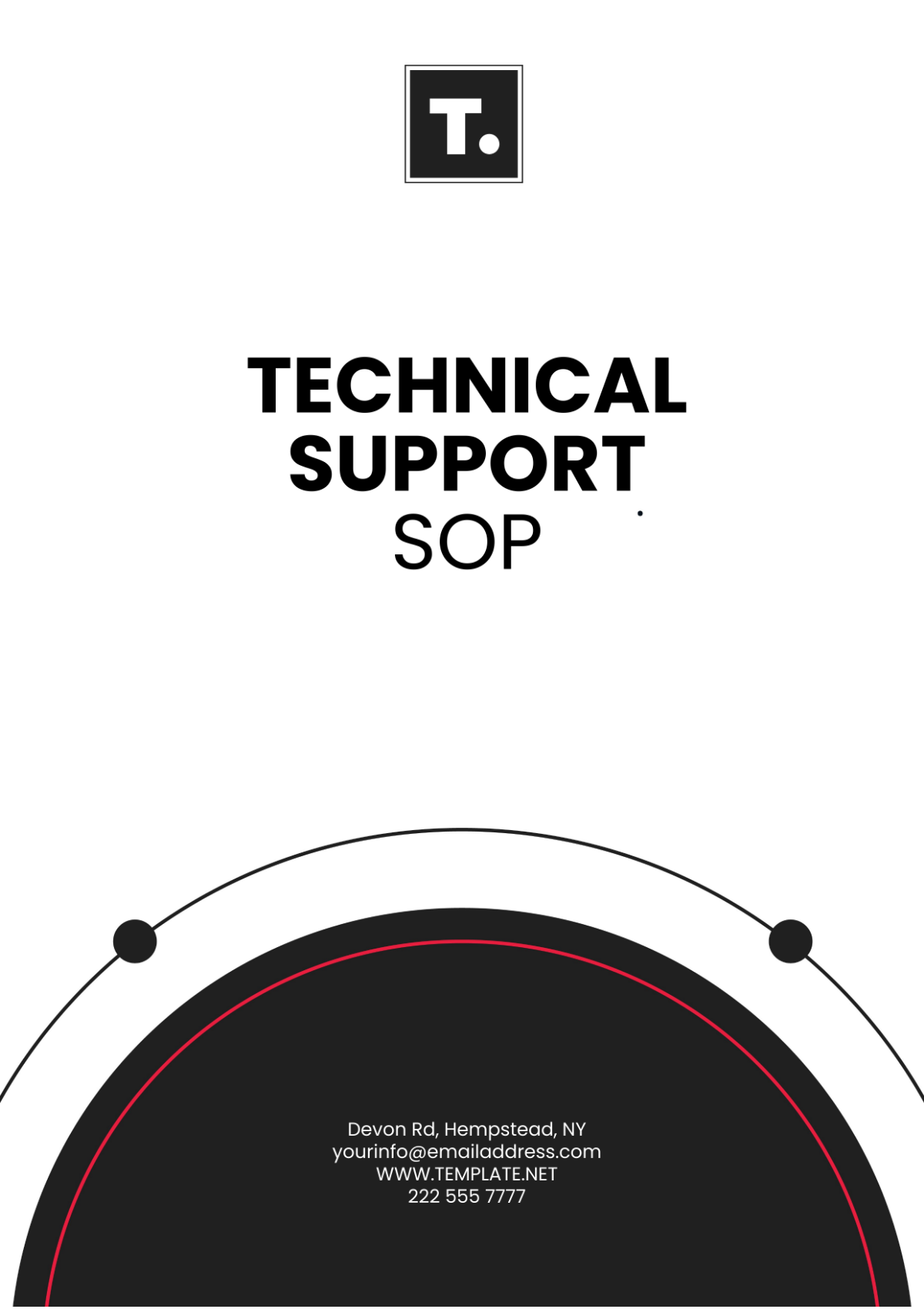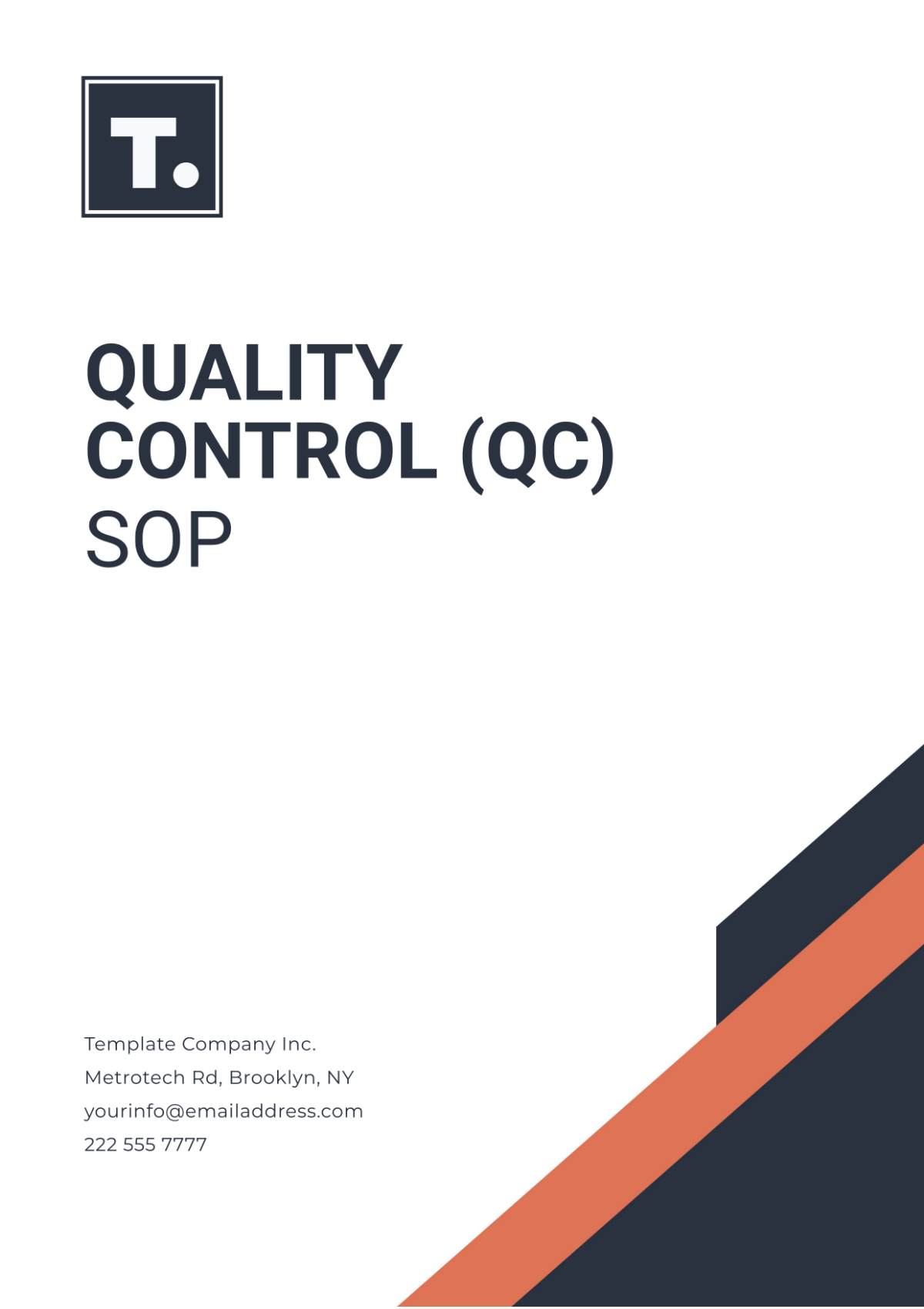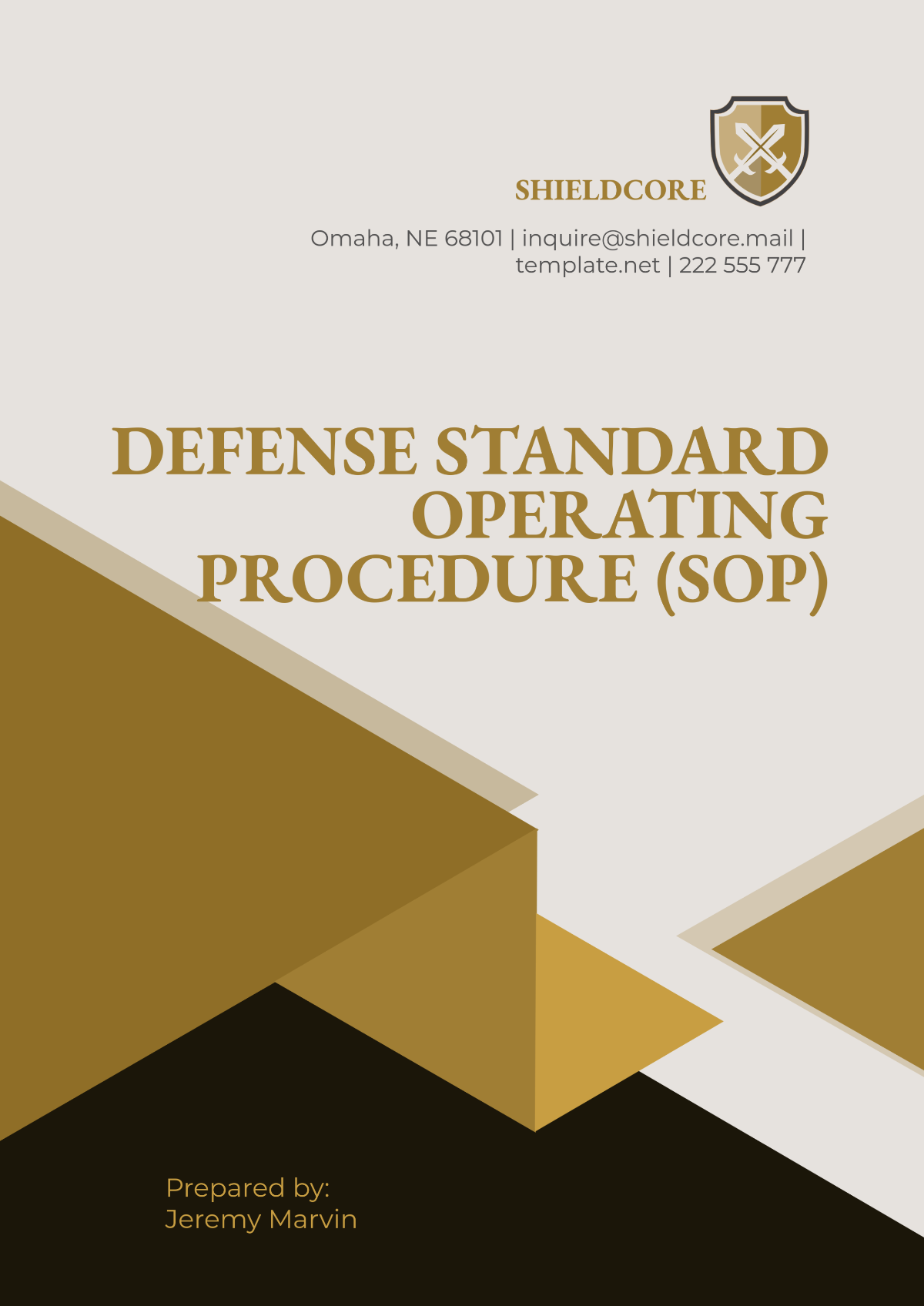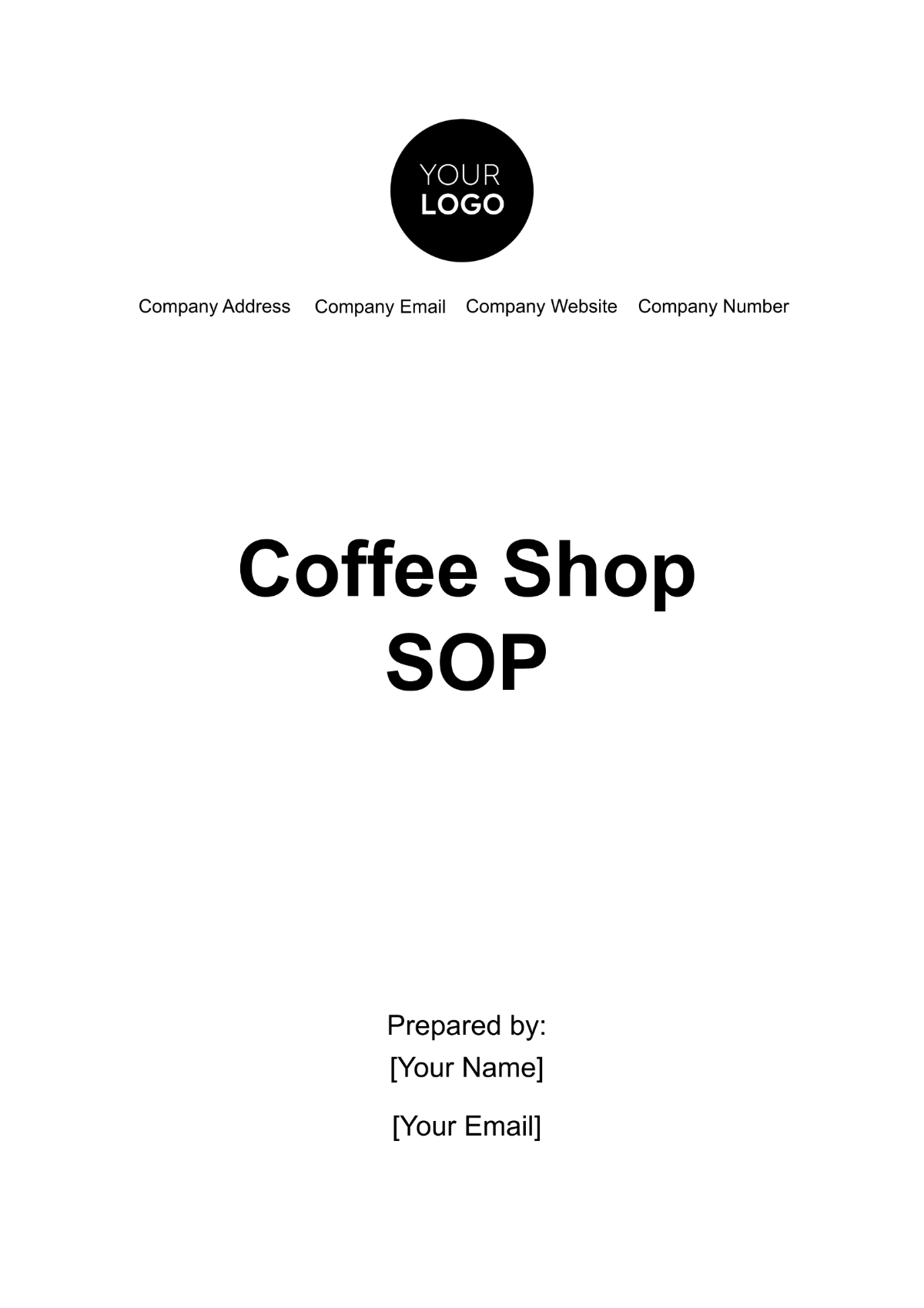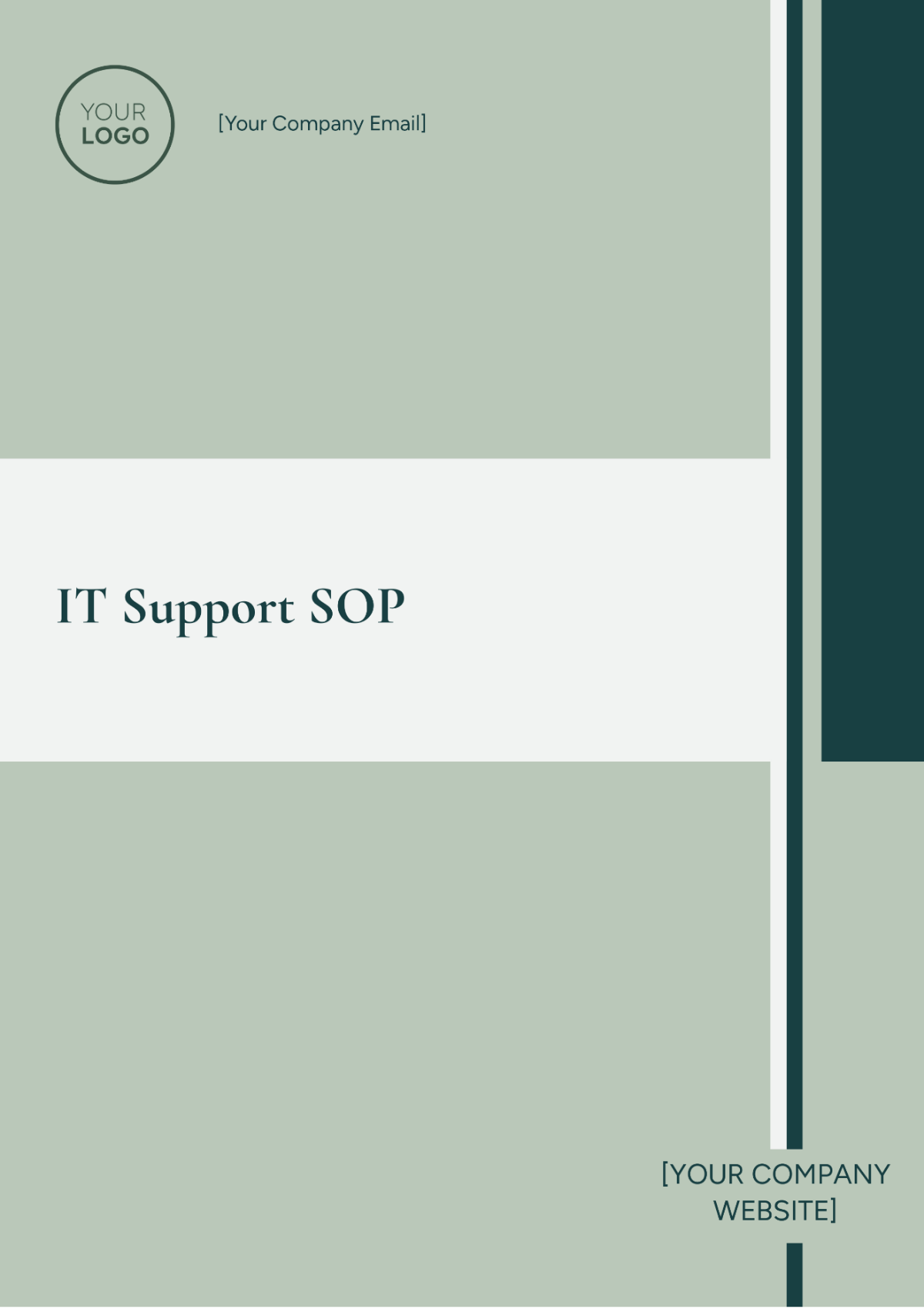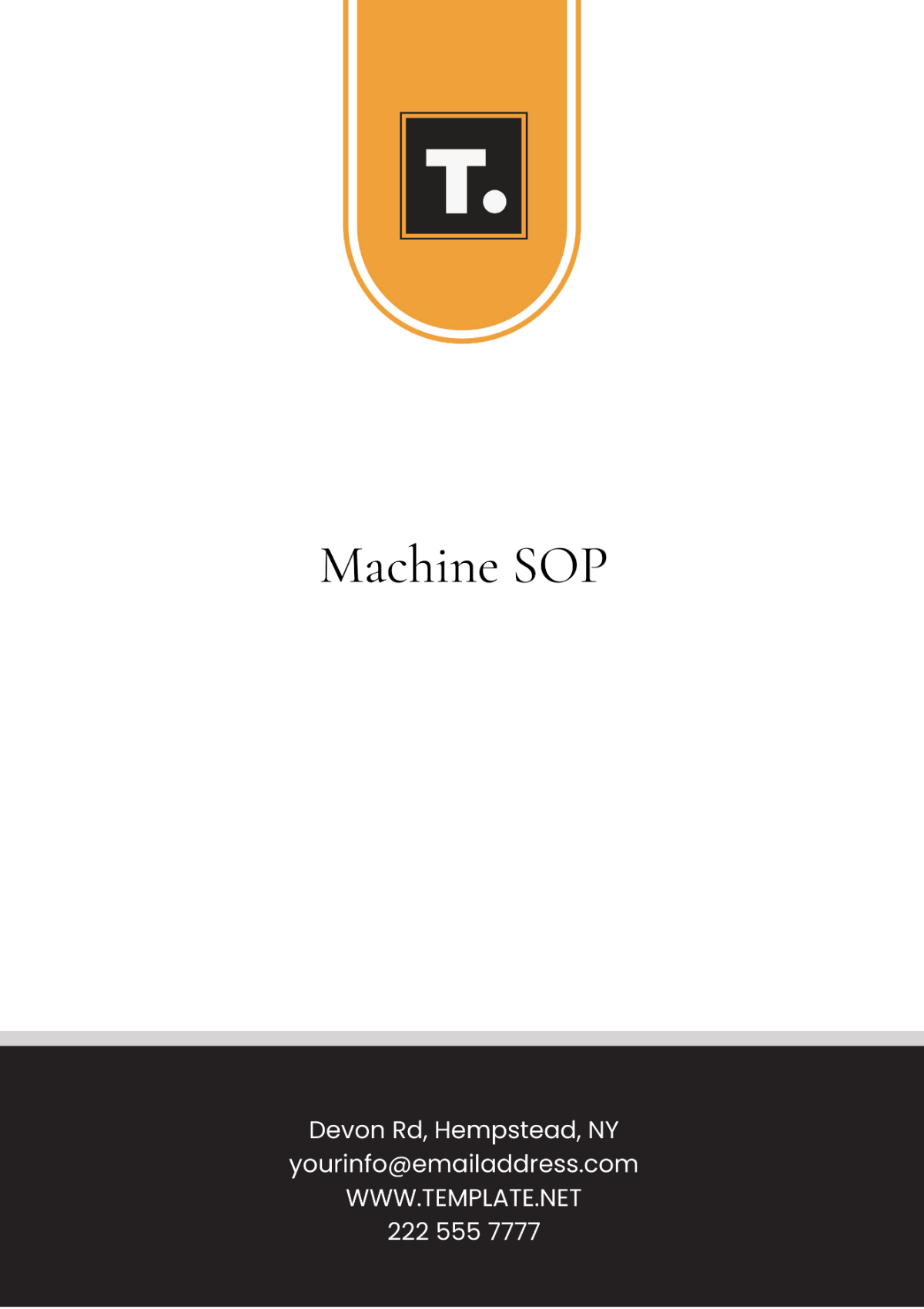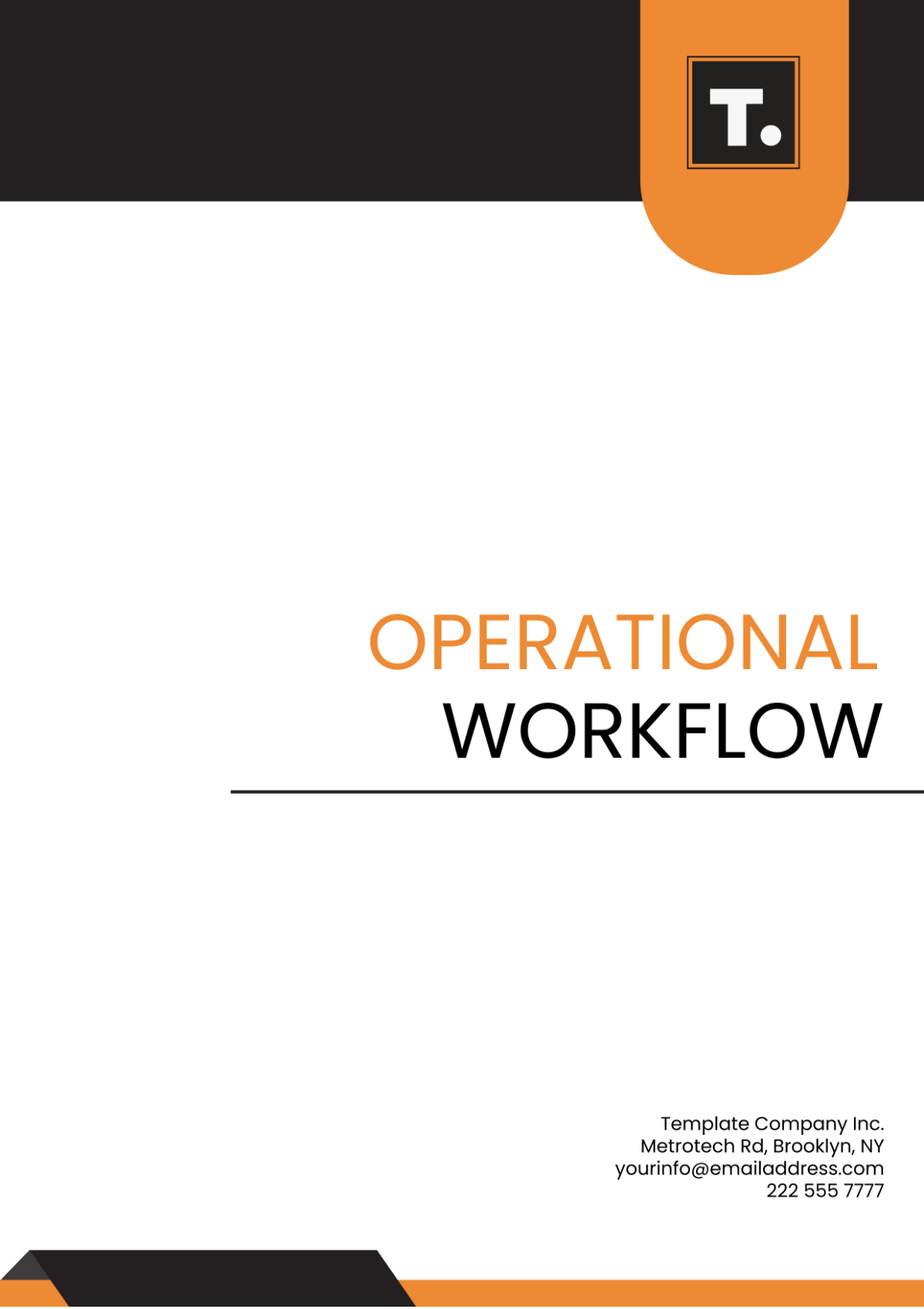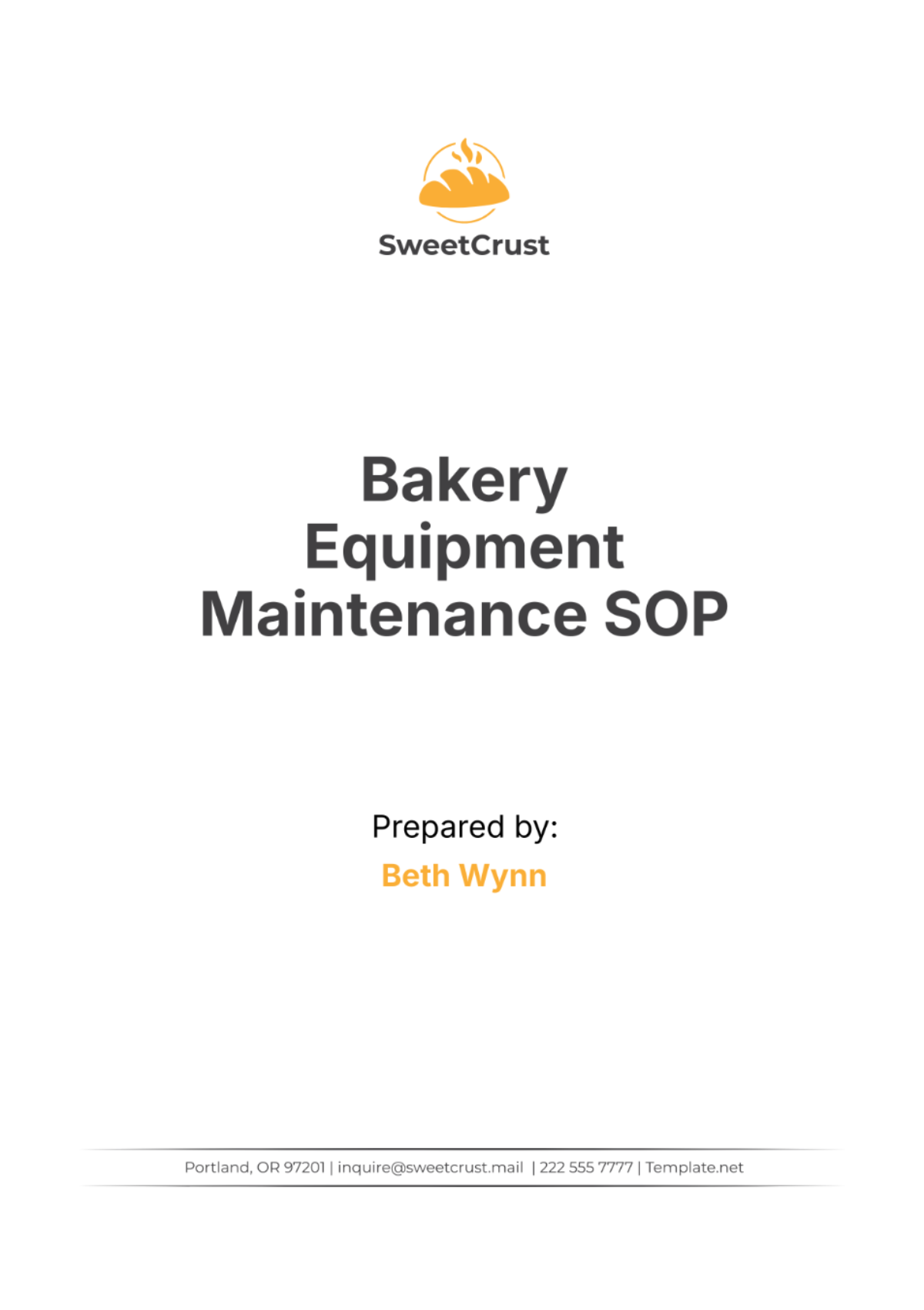Software SOP
1. Purpose
The purpose of this SOP is to establish a standardized process for software development to ensure high-quality, efficient, and consistent delivery of software products.
2. Scope
This SOP applies to all software development projects within [Your Company Name], including new development, enhancements, and maintenance of existing software.
3. Definitions
Software Development Life Cycle (SDLC): A series of phases in the development process, including planning, analysis, design, implementation, testing, and maintenance.
Requirements Analysis: The process of defining user needs and requirements for the software.
Code Review: A process where software code is examined by peers to ensure quality and adherence to standards.
4. Responsibilities
Project Manager: Oversees the project, ensures adherence to timelines, and coordinates between stakeholders.
Software Developer: Designs, codes, and tests the software.
Quality Assurance (QA) Specialist: Performs testing to ensure software meets quality standards.
Business Analyst: Gathers and defines user requirements and ensures they are met in the software.
5. Procedure
5.1. Planning
Initiate Project: Define project scope, objectives, and deliverables.
Assign Roles: Assign team members and define their responsibilities.
Develop Project Plan: Create a project timeline, including milestones and deadlines.
5.2. Requirements Analysis
Gather Requirements: Conduct meetings with stakeholders to gather and document requirements.
Analyze Requirements: Review and refine requirements to ensure they are clear and achievable.
Approval: Obtain approval from stakeholders for the finalized requirements.
5.3. Design
Create Design Documents: Develop design specifications including architecture, user interface, and data models.
Review Design: Conduct design reviews with stakeholders to ensure it meets requirements.
Finalize Design: Obtain approval for the final design.
5.4. Implementation
Code Development: Write and compile code according to design specifications.
Code Review: Conduct peer reviews of the code to ensure quality and adherence to standards.
Version Control: Use version control systems to manage code changes.
5.5. Testing
Develop Test Plan: Create a test plan including test cases and criteria.
Execute Tests: Perform unit testing, integration testing, and system testing.
Bug Reporting: Report and track bugs or issues identified during testing.
Fix Issues: Resolve bugs and retest to ensure issues are resolved.
5.6. Deployment
Prepare Deployment Plan: Develop a plan for deploying the software to the production environment.
Deploy Software: Implement the software in the production environment.
Monitor Post-Deployment: Monitor the software for any issues or performance problems after deployment.
5.7. Maintenance
User Support: Provide support for end-users and address any issues or questions.
Software Updates: Implement updates or patches as needed to fix bugs or enhance functionality.
Review and Improve: Continuously review the software and development processes for potential improvements.
6. Documentation
All stages of the software development process must be documented, including requirements, design specifications, code, test cases, and deployment plans.
7. Compliance
Ensure that all software development activities comply with [Your Company Name]'s policies and industry regulations.
8. Review and Revision
This SOP will be reviewed annually and revised as necessary to ensure it remains current and effective.
Prepared by: [Your Name], [Your Title]
Date: [Date]
